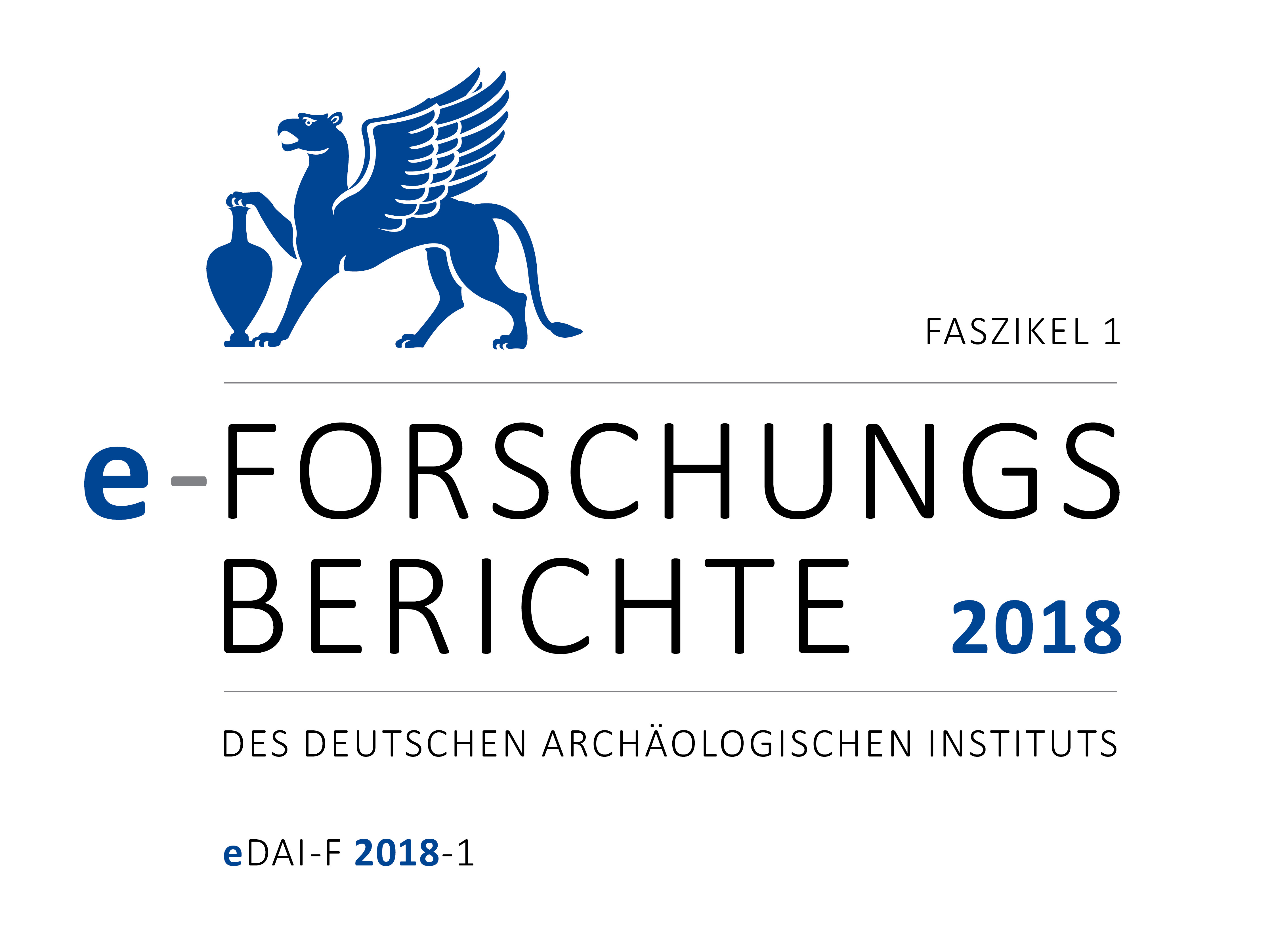Tell Bleibil, Jordanien. Die Arbeiten des Jahres 2017
https://doi.org/10.34780/6kac-h62k
Resumo
During the campaign of 2017, as part of the Wadi Shuʿaib Archaeological Survey Project (WSAS), small scale targeted excavations were conducted at the site of Tell Bleibil (Tall Bulaybil) located close to the alluvial fan of the Wadi Shuʿaib in the eastern part of the Jordan Valley. In order to retrieve material for further analysis, especially radiocarbon dating, botanical samples were taken from the collapsed northern section of the tell at five different positions and elevations. The results of the radiocarbon analysis of three of these samples, all based on short-lived botanical remains (barley, hordeum vulgare), show that the site was inhabited during the Iron Age period (Iron Age IIA/B), with older levels dating to the Early and Late Bronze Ages so far only attested in the pottery assemblage collected. Additionally, a large mudbrick wall protruding from the collapsed section and presumably the settlement's city wall or belonging to a larger building complex within the settlement, and which seems to have been destroyed in a conflagration, dates to the Iron Age IIB period according to the radiocarbon analysis.Downloads
Publicado
2018-08-17
Edição
Secção
Artikel
##plugins.pubIds.zenon.displayFrontendLabel##
Como Citar
Ahrens, A. (2018) «Tell Bleibil, Jordanien. Die Arbeiten des Jahres 2017», e-Forschungsberichte des DAI, pp. 67–71. doi:10.34780/6kac-h62k.





